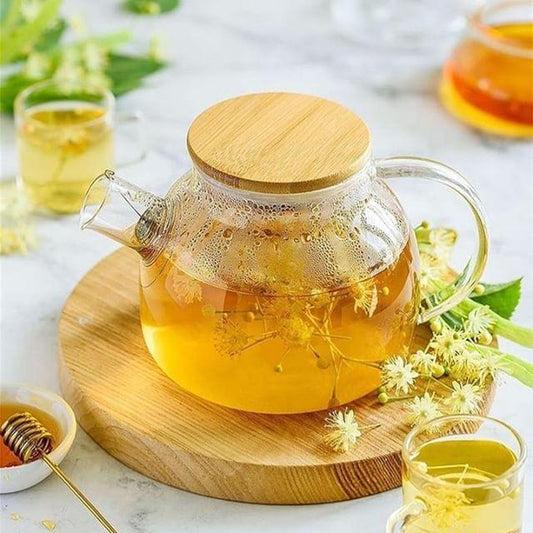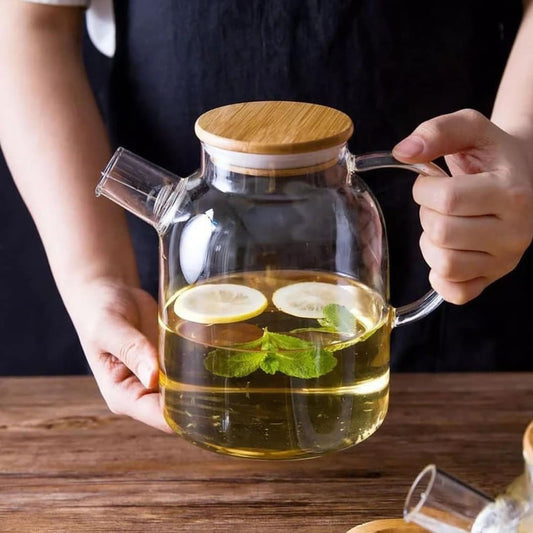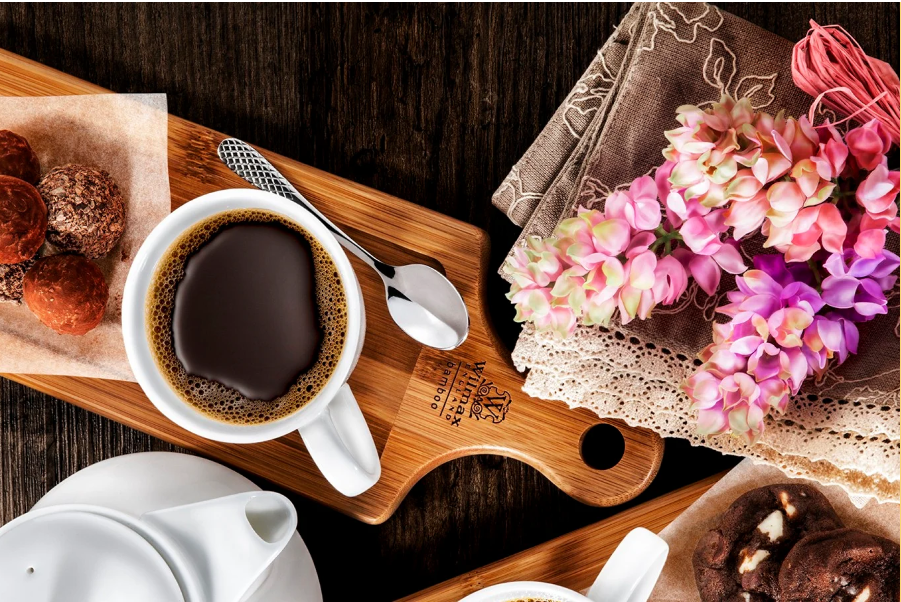The Hidden World of Edible Flowers: Adding Color and Flavor to Your Dishes

Edible flowers are not just visually stunning; they also bring unique flavors and textures to dishes, elevating everyday meals into gourmet experiences. Long used in culinary traditions across the globe, these delicate blossoms can transform salads, desserts, beverages, and more. Here’s an exploration of the vibrant world of edible flowers and how to incorporate them into your cooking.
Why Use Edible Flowers?
Edible flowers offer more than just aesthetics:
- Flavor: Each flower has a distinct taste profile, ranging from sweet and floral to peppery and citrusy.
- Color: Flowers add a burst of natural color that makes dishes visually appealing.
- Nutrients: Many edible flowers contain vitamins, antioxidants, and other beneficial compounds.
Popular Edible Flowers and Their Uses
Here are some common edible flowers, along with their flavor profiles and best culinary applications:
1. Nasturtiums
- Flavor: Peppery, similar to arugula.
- Uses: Add to salads, sandwiches, or as a garnish for savory dishes.
2. Pansies
- Flavor: Mild and slightly sweet.
- Uses: Decorate cakes, pastries, or cocktails.
3. Lavender
- Flavor: Floral with a hint of mint and citrus.
- Uses: Infuse in desserts like cookies, ice cream, or lemonade.
4. Calendula (Marigold)
- Flavor: Mildly spicy and tangy.
- Uses: Sprinkle petals over soups, rice dishes, or omelets.
5. Rose
- Flavor: Sweet and perfumed.
- Uses: Use petals in jams, syrups, or desserts like Turkish delight.
6. Hibiscus
- Flavor: Tart and cranberry-like.
- Uses: Brew into teas, or add to cocktails and sorbets.
7. Chamomile
- Flavor: Sweet and apple-like.
- Uses: Infuse into teas, syrups, or baked goods.
8. Borage
- Flavor: Refreshing, cucumber-like.
- Uses: Float flowers in drinks or sprinkle over salads.
How to Use Edible Flowers in Cooking
-
Garnishing:
- Use whole flowers or petals to garnish cakes, salads, or cocktails.
- Pair contrasting colors for a striking visual effect.
-
Infusions:
- Infuse flowers like lavender or chamomile into liquids such as syrups, oils, or cream for subtle flavor.
-
Salads:
- Add flowers like nasturtiums or pansies to salads for color and a pop of flavor.
-
Desserts:
- Incorporate flowers into baked goods, freeze them into ice cubes, or candy them for elegant decorations.
-
Beverages:
- Use hibiscus or rose petals to enhance teas, lemonades, or cocktails.
Tips for Working with Edible Flowers
-
Know What’s Edible:
- Not all flowers are safe to eat. Research each flower to ensure it’s non-toxic and edible.
-
Source Responsibly:
- Use flowers grown specifically for culinary purposes to avoid pesticides or chemicals.
- Avoid picking flowers from roadsides or gardens unless you’re certain of their safety.
-
Store Properly:
- Keep flowers in a damp paper towel in the refrigerator to maintain freshness.
- Use within a few days for the best flavor and texture.
-
Start Small:
- Introduce flowers in small quantities to avoid overpowering the dish.
-
Experiment with Pairings:
- Match flowers with complementary flavors. For example, lavender works well with honey and lemon, while nasturtiums pair beautifully with goat cheese.
Easy Recipes Using Edible Flowers
1. Lavender Honey Lemonade
- Ingredients: Lemon juice, honey, water, dried lavender flowers.
- Instructions: Boil water with lavender and honey, then strain and mix with lemon juice. Chill and serve.
2. Nasturtium Salad
- Ingredients: Mixed greens, nasturtium flowers, sliced radishes, olive oil, lemon juice.
- Instructions: Toss greens and radishes with dressing, then garnish with nasturtium flowers.
3. Pansy Shortbread Cookies
- Ingredients: Butter, sugar, flour, pansy flowers.
- Instructions: Press pansy flowers onto cookie dough before baking for a beautiful finish.
The Beauty and Flavor of Edible Flowers
Incorporating edible flowers into your cooking isn’t just about aesthetics; it’s about enhancing the dining experience. From their vibrant colors to their unique flavors, flowers can turn an ordinary dish into a conversation piece. Start experimenting with these versatile ingredients and bring a touch of nature’s beauty to your table!
Share:





